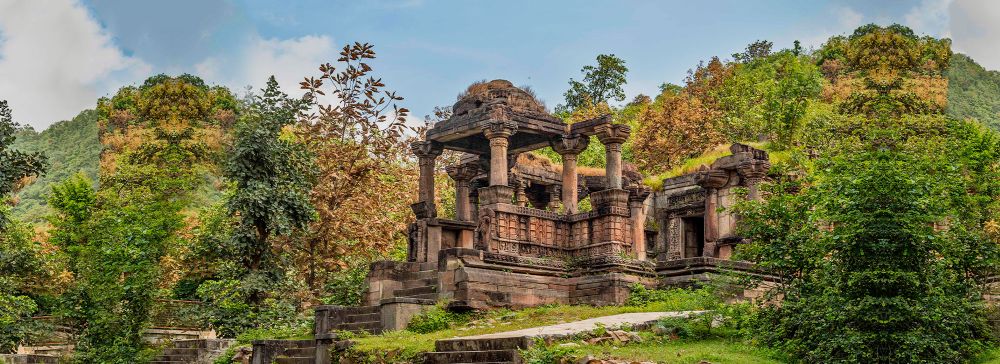

Polo Forest, nestled in the Sabarkantha district of Gujarat, is a serene expanse of natural beauty that has recently gained popularity as a tourist destination. Known for its lush greenery, meandering rivers, and archaeological ruins, Polo Forest provides a respite from the bustling city life and an opportunity to explore nature alongside historical wonders.
The history of tourism in Polo Forest is intricately linked with its rich cultural past. This area was once the location of an ancient city believed to be established during the 10th century. Over the years, it has been ruled by various kingdoms, including the Pariharas, Solankis, and the Chaulukyas, each contributing to the area's architectural heritage. The remnants of temples and forts found in the forest date back to the 15th century and demonstrate the architectural prowess of the past.
The region's potential for tourism was largely untapped until the government, and other stakeholders began developing infrastructure to encourage visitors. As infrastructure improved, so did access and amenities, leading to a gradual increase in tourist flow. The convergence of history, nature, and spirituality turned Polo Forest into a unique destination for travelers seeking an offbeat experience.
Some key attractions in Polo Forest include the ancient Surya Mandir, Lakhena na Dera, and the Jain Temples, which are specimens of intricate carvings and stone architecture. The Harnav River flowing through the forest adds a tranquil element to the landscape, and the dam nearby is a popular picnic spot. Nature enthusiasts find the forest's biodiversity, featuring a wide variety of flora and fauna, particularly appealing.
In recent years, Polo Forest is seeing a trend towards eco-tourism and sustainable travel. Visitors are increasingly interested in experiences that are environmentally friendly and culturally respectful, with activities such as bird watching, trekking, and camping. An annual event that draws considerable attention is the Polo Utsav, which showcases local culture, music, and crafts, along with adventure sports that resonate well with the younger audience.
The local government and tourism authorities have been working towards not only promoting Polo Forest as a destination but also preserving its ecological and archaeological heritage. Conservation efforts are being taken to maintain the natural habitat while providing tourists with amenities that do not harm the environment. Additionally, the tourist inflow has resulted in socio-economic benefits for the local communities, who are increasingly involved in tourism-related activities and conservation efforts.
While Polo Forest may not yet be as well-known as other tourist destinations in India, its unspoiled nature and historical significance offer a memorable experience for those who visit. With a focus on sustainability, the destination attracts individuals and families alike, looking to rediscover peace away from urban centers. Whether one is an avid history enthusiast, nature lover, or just someone looking for tranquility, Polo Forest provides an experience that is both enriching and enlightening.